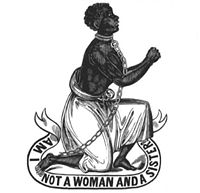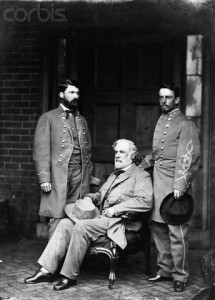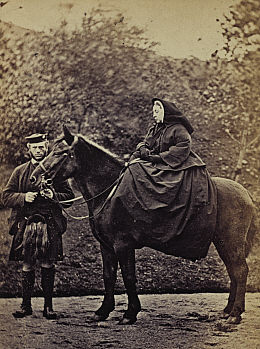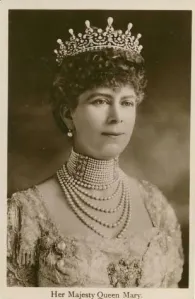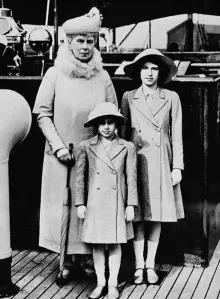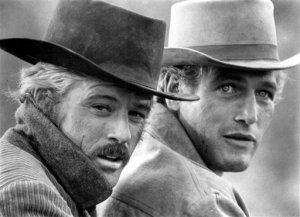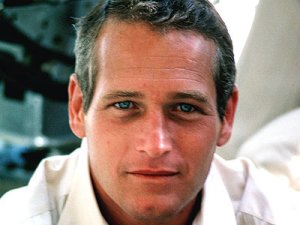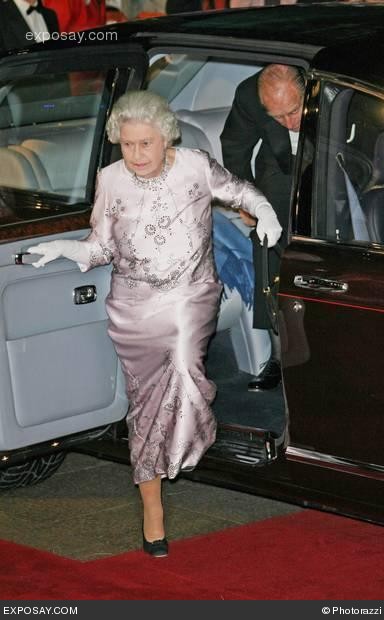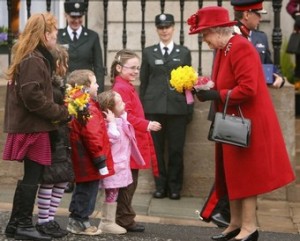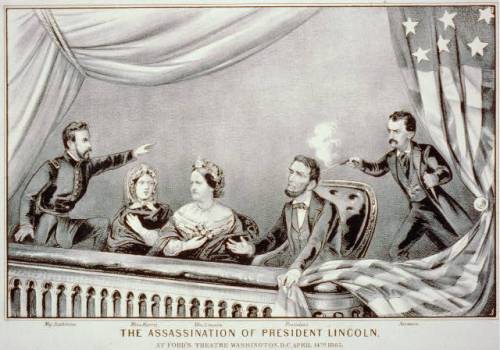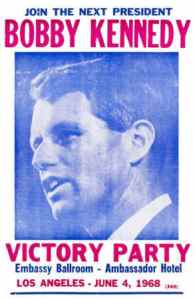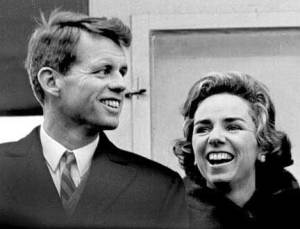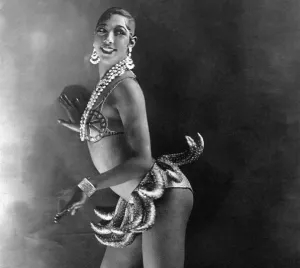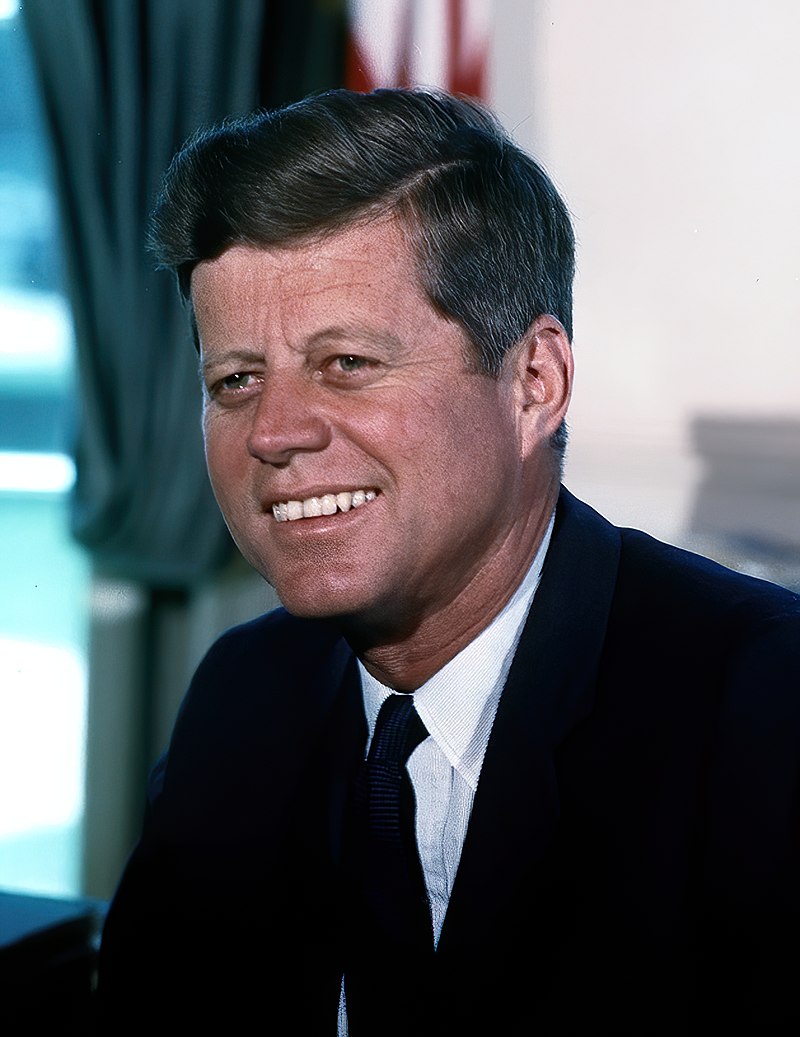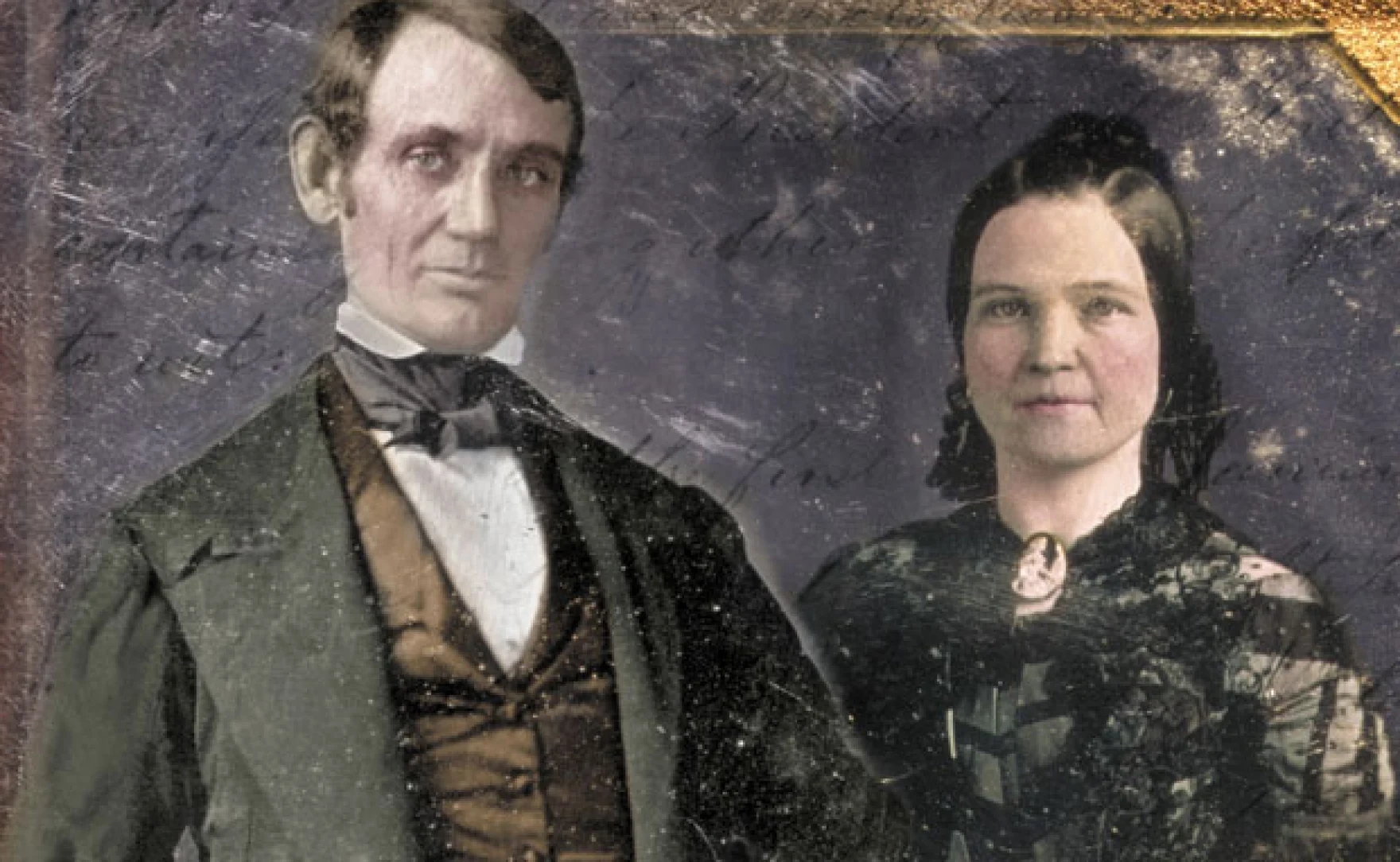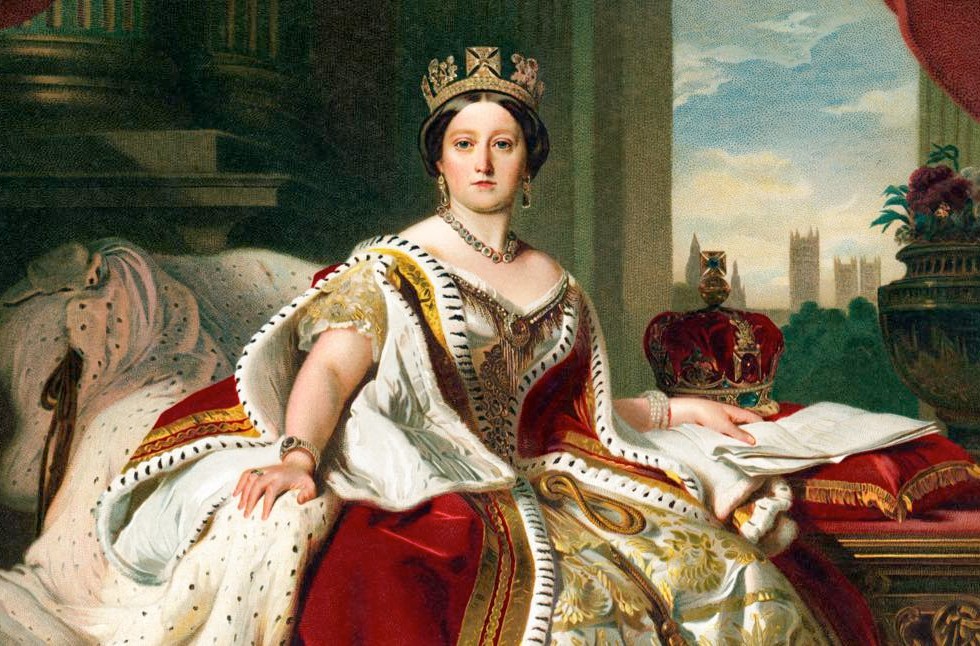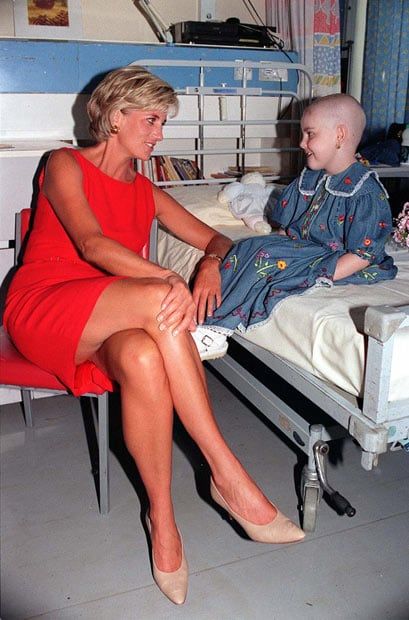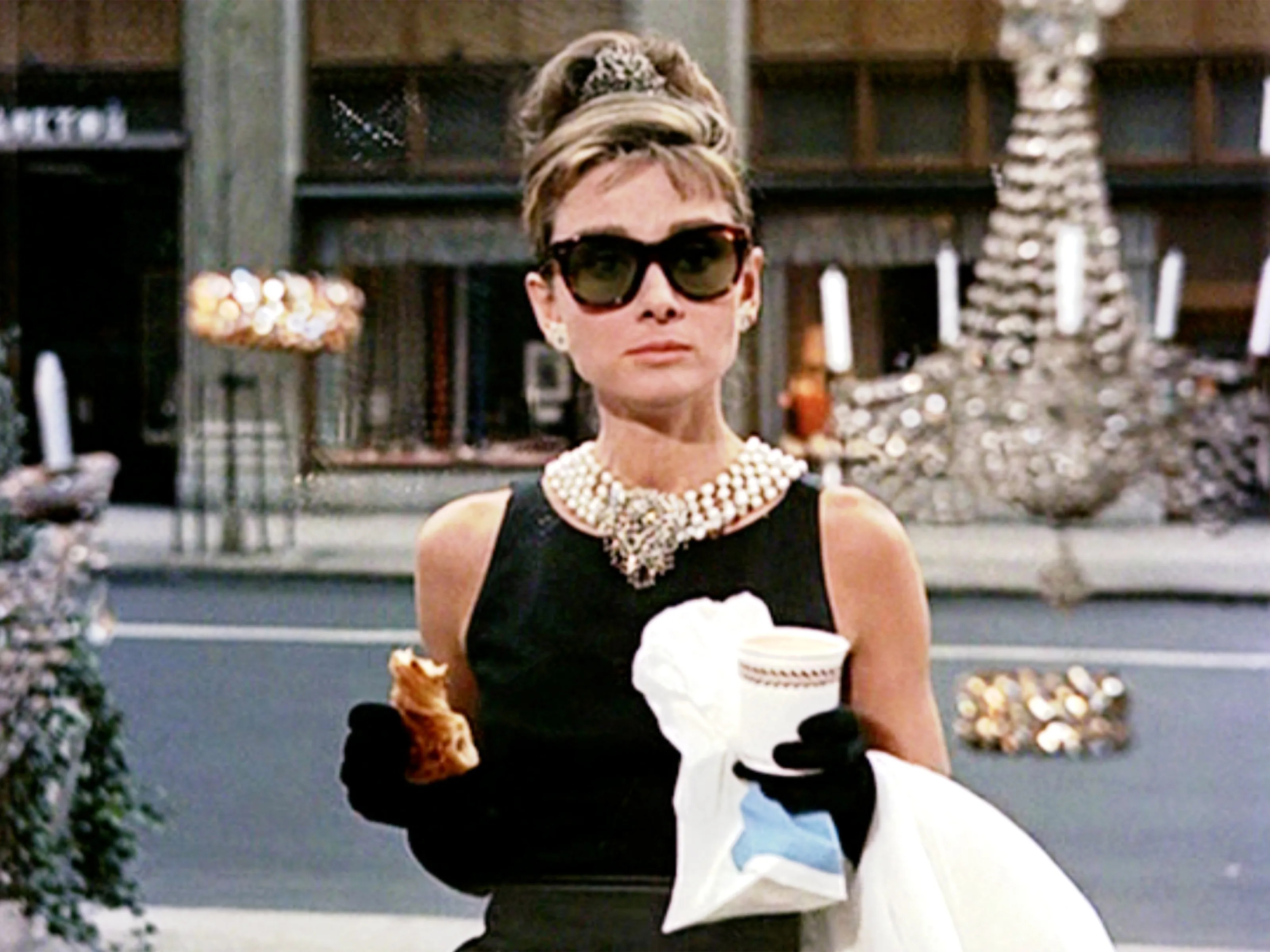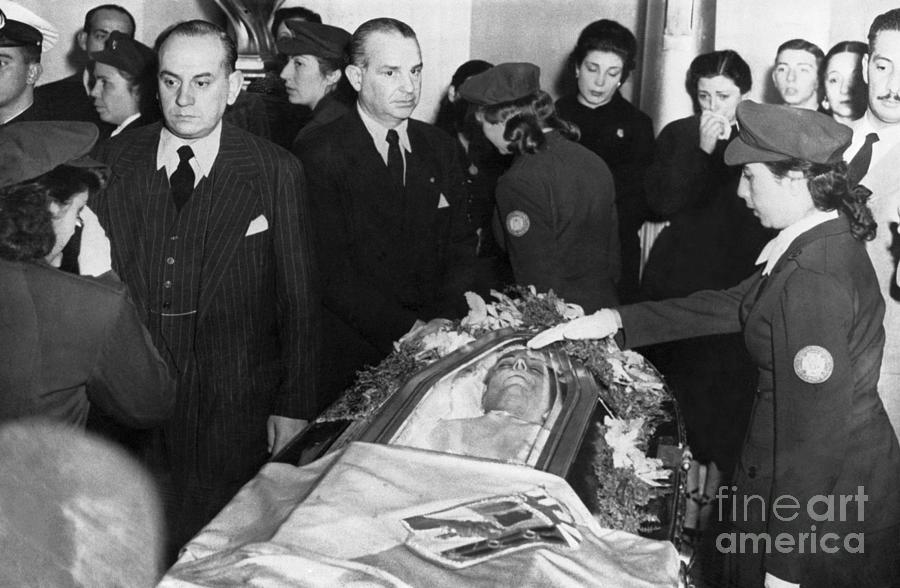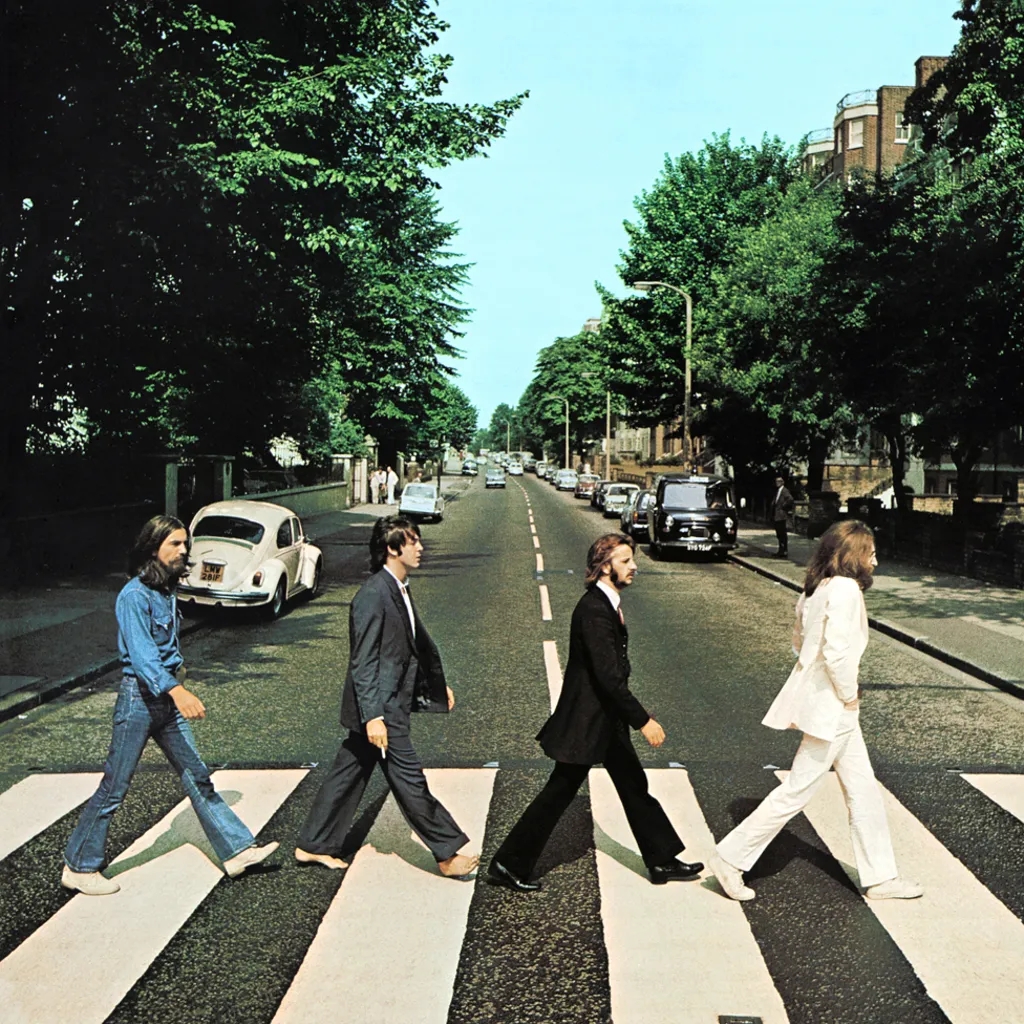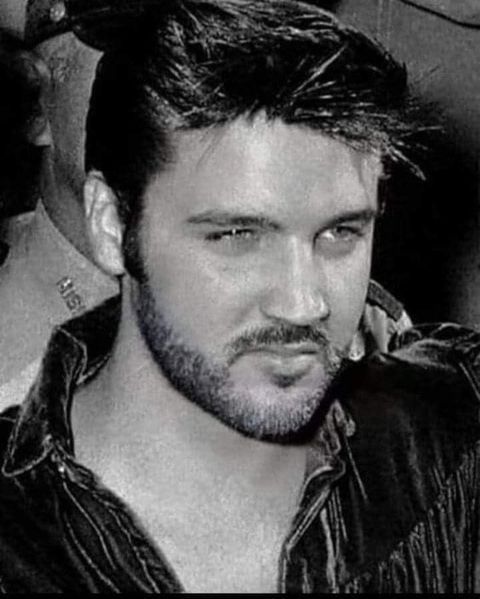
Patricia Hearst shown with then fiancee Steven Weed
It was January 20, 2001, President Bill Clinton’s last day in office. In his last official act, Clinton granted a full pardon to a number of Americans, among them the notorious Patty Hearst, who had served two years for a bank robbery conviction.
Twenty seven years earlier, on February 4, 1974, Patty Hearst made headlines when she was abducted from her Berkeley, California, apartment which she shared with fiancee Steven Weed. Shots were fired and Weed was roughed up. Patty, wearing only her nightgown, was carried out front and stuffed into the trunk of a white getaway car. Her kidnappers were the radical urban guerrilla group, the Symbionese Liberation Army (SLA). Patty, a 19-year-old college sophomore, was the daughter of rich West Coast publishing tycoon Randolph Hearst. After Patty’s abduction, the SLA released a statement in which it called her kidnapping the “serving of an arrest warrant on Patricia Campbell Hearst.” It warned that any attempt to rescue Hearst would result in her execution. The message ended with: “DEATH TO THE FASCIST INSECT THAT PREYS UPON THE LIFE OF THE PEOPLE.”
The SLA had kidnapped the media heiress to increase news attention on their cause: their demand for the release of two imprisoned SLA members, Joseph Remiro and Russell Little, serving life terms for murder. Remiro and Little had been found guilty of killing Oakland school board member Marcus Foster, whom they detested for his idea of requiring Oakland school kids to carry identification cards. The SLA considered Foster to be a “fascist.” Foster was killed by the SLA as he walked out of a school board meeting. The hollow-point bullets they used to kill Dr. Foster had been packed with cyanide.
Patty’s abduction was sensational news around the world. At a time of student unrest and radical causes, Patty Hearst was an average though privileged girl who had given neither the law nor her family any real trouble. At first, through tapes given to the news media, the SLA demanded the Hearst family arrange for the release of Remiro and Little in exchange for Patty’s freedom. When that proved impossible, they demanded that the Hearst distribute millions of dollars in food to the needy as ransom. After the Hearsts donated over $6 million to the poor of the San Francisco Bay Area, the SLA refused to let Patty go, claiming the donated food had been inferior. Inexplicably, all negotiations ceased.

Patty Hearst (b. 1954) from a Symbionese Liberation Army photo
Over the next few weeks, the Hearsts received several tapes of Patty’s voice. More and more Patty began to expouse the cause of her captors. The Hearsts believed Patty was being forced to say these things, but then they received a photo of her with a carbine rifle in her arms, standing next to the seven-headed cobra, which was the SLA’s symbol. Then, on April 3, 1974, Patty is heard on a new audiotape saying: “I have been given the choice of being released…or joining the forces of the Symbionese Liberation Army and fighting for my freedom and the freedom of all oppressed people. I have chosen to stay and fight.” Patty also said that she had assumed the new name “Tania,” after the nom de guerre of revolutionary Che Guevera’s girlfriend. Patty had joined her captors.
Twelve days later, policemen were examining security camera footage of the Hibernia Bank robbery that day in San Francisco. The hold-up gang had shot two bystanders and gotten away with over $10,000. To their surprise, they recognized the face of missing girl Patty Hearst among the hold-up gang. She was brandishing a carbine and yelling orders like she was one of them. A warrant was issued for her arrest as a material witness. Opinion was divided: was Patty a willing participant or was she being forced to participate in the robbery against her will?
Shortly afterward, an audiotape was released by the SLA on which Hearst can be heard to say:
“Greetings to the people, this is Tania. Our actions of April 15 forced the Corporate State to help finance the revolution. As for being brainwashed, the idea is ridiculous beyond belief. I am a soldier in the People’s Army.”
Stay tuned. To be continued.


 In her book, On the Banks of Plum Creek, Laura Ingalls Wilder recalls the creepy feeling of the huge grasshoppers clinging to her clothes, writhing and squishing beneath her bare feet and the sound of “millions of jaws biting and chewing” as they destroyed her family’s fields in Minnesota. (2) The stench of the oily insects was hideous.
In her book, On the Banks of Plum Creek, Laura Ingalls Wilder recalls the creepy feeling of the huge grasshoppers clinging to her clothes, writhing and squishing beneath her bare feet and the sound of “millions of jaws biting and chewing” as they destroyed her family’s fields in Minnesota. (2) The stench of the oily insects was hideous.
 Locust plagues long haunted American farmers, and they may do so again. In the 19th Century, black clouds of Rocky Mountain locusts swept across the plains almost every summer, leaving only stubble where crops once stood.
Locust plagues long haunted American farmers, and they may do so again. In the 19th Century, black clouds of Rocky Mountain locusts swept across the plains almost every summer, leaving only stubble where crops once stood.

